Link to PDF Format of Photography Essay:
Howdidthechangefromtheanaloguetodigitalcameraimpacttheindustryessay1
Link to PDF Format of Photography Essay:
Howdidthechangefromtheanaloguetodigitalcameraimpacttheindustryessay1
As part of the Unit, we were required to visit a gallery and find pieces that we could link both with our own work and our essay, My genre was Photography. My research question was “How did the change from analogue to digital photography impact the art world”, This is linked with my own work as For my FMP, I did an exploration into photography to create advocacy for wildlife conservation, along with this, below are images from said gallery visit. (Art Basel)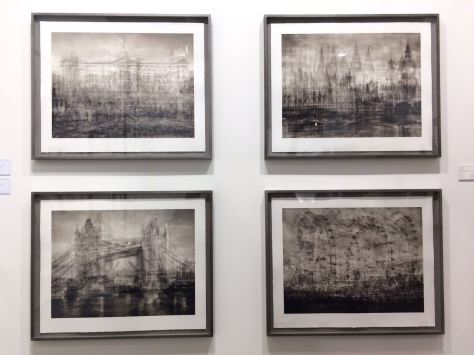
These images where taken from the Art Basel Catalogue:
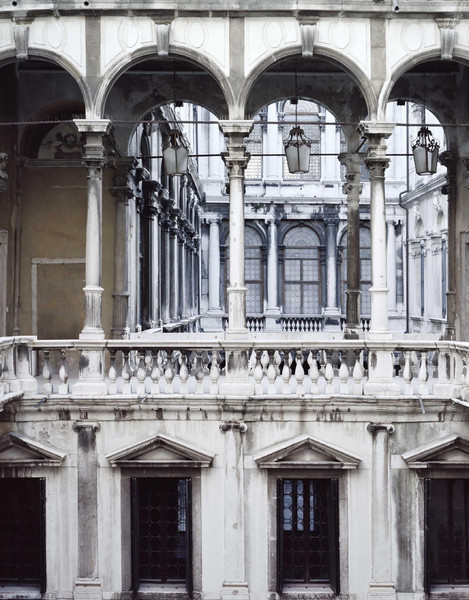
Year
2012
Medium
Photography
Material
Inkjet pring on glass on polished stainless steel
Representation
Galerie Nikolaus Ruzicska
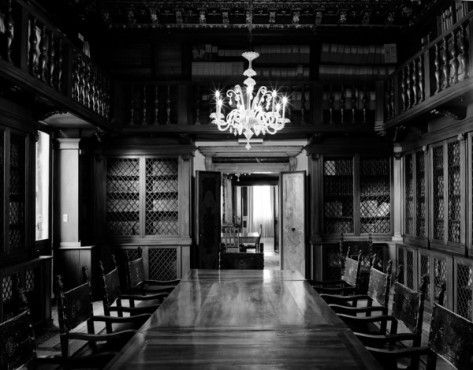
Year
2012
Medium
Photography
Material
Inkjat print on glass on polished stainless steel
Representation
Galerie Nikolaus Ruzicska
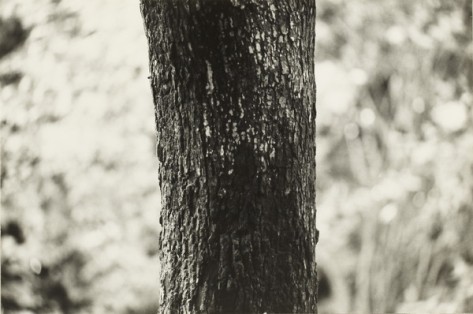
Year
1991
Medium
Photography
Material
Gelatin silver print
Size (cm)
29.4 × 28.2
Size (in)
11.6 × 11.1
Representation
Taka Ishii Gallery
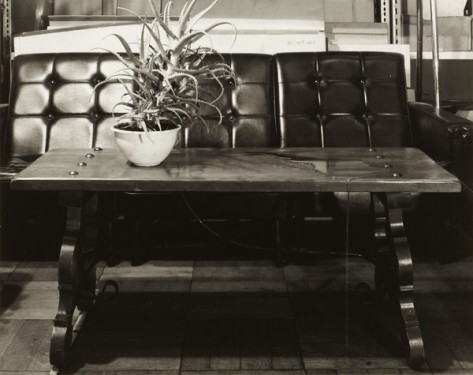
Year
1993
Medium
Photography
Material
Gelatin silver print
Size (cm)
15.8 × 23.8
Size (in)
6.2 × 9.4
Representation
Taka Ishii Gallery
Impressionism
1874, the start of a something new, something that would completely re-imagine everyone’s ideas of art, this was the year the group of artists who later came to be known as the ‘Impressionists’ immerged with a bang, This movement Originated in France, Paris. This was a time of industrialism, steam engines to photography and further, all big things that helped to shape France and the rest of the world. Among the artists that were involved is this movement were Claude Monet, Auguste Renoir, Edgar Degas, Paul Cezanne, Edouard Manet and many others. These artists challenged; at the time the very meaning of art which was to record historical events, At the time to become an artist you had to conform to a set of rules by ‘art academies’ as it were. Though not the first to rebel against these ideals such as Turner, they were the first to make a big dent in the modern idealistic.
The impressionists had a unique style, a style of representational art that did not necessarily rely on realistic characteristics/depictions. Scientific thought at the time was beginning to recognize that the eyes perception and the brains understanding were two completely different things. The impressionist sought after the former, they wanted the optical effects and illusions of the eye and light, to convey and show the passage of time and weather in their canvases.
These artists were commonly revered as they did things differently, such as Monet’s “Impression: Sunrise”, the style of this piece is what the movement revolved around, It was the idea that you did not have to paint things to perfection but instead only give impressions as to the setting before you. The Impressionists loosened their brushstrokes allowing for harsher more rough strokes, but they also lightened their palettes to include pure and intense colors. They completely abandoned the traditional linear perspective and tended to avoid the clarity of form that had previously served to distinguish the more important aspects of the painting from the lesser ones. For those reasons many critics ridiculed and faulted their paintings for their unfinished and seemingly amateurish appearance and quality.
Most of these artists tended to paint outdoor scenes as this went against the tradition of painting models in studios but also allowed for more candid imagery which in essence is what they were all about, though each artist was interested in a slightly different ‘scene’ a lot of them worked around and recorded the effects of the massive mid-nineteenth-century renovation of Paris which included the city’s newly constructed railway stations. Often focusing on scenes of public leisure, especially scenes of cafes and cabarets, they helped to convey the new profound sense of alienation experienced by the inhabitants of the first modern metropolis. They tended to avoid doing still life and landscapes as had previously been in favour.
The “Impressionists” rejected the idea of conforming to a set of rules of how to compose or paint an image; they did not care for historical events. Something that greatly helped them was the invention of paint in tubes; this meant that they were able to travel a lot further with a lot less equipment as they no longer had to mix their own paints, Something else that helped was the invention of photography, this meant that people were no longer looking to invest in a self portrait but instead in a photograph as it was much more accurate, around the same time the middle class was starting to come into play as the industrial revolution was creating a high revenue of jobs, because of this these middle class folk were starting to look towards art to decorate their homes and meant that art was no longer a sign of power and wealth as it had previously done so, opening the market to those who in the past would never have considered investing in art.
In 1874 the Impressionists held their first exhibition in Paris at the ‘salon jury’, throughout the 1860’s the salon jury routinely rejected about half the works Monet and his friends submitted in favour of artists that followed the approved style. In 1863 the manet submitted the ‘Luncheon on the grass’ which was rejected even though the jury continuously excepted nude paintings they condemned and rejected it because he placed a realistic nude in a contemporary setting. In 1863 emperor Napoleon III saw the rejected work, he decreed that the public be allowed to judge the work themselves and the ‘Salon des Refuses’ was organized.
Within colour theory there are two main sets of colour, the first being the Primary colours, (RED, YELLOW and BLUE) and using these colours, they then make up the secondary colours, by mixing (GREEN, ORANGE, PURPLE).
The combinations to make the secondary colors are:
Blue + Yellow = Green
Yellow + Red = Orange
Red + Blue = Purple
Along with this, there are also complimentary colours, These are colours that sit opposite each other in the colour wheel, such as seen above, Red and Green. There is also Analogue colours, which are colours that sit next to each other on the colour wheel, in example, the shades of blue or orange.
Each colour is either a warm or cold colour, in example, Blues and greens are cool, calm colours, while reds and yellows are warm and energetic colours.
There is also Arbitrary colours, this is when a colour is used that has no direct correlation with the object that it is being used with, in example, an purple apple. instead it relays and focuses on the emotional context of the colours used with the object.
Representation and Abstraction are two very different art styles. Representation is where the painting or image is directly showing something, most commonly and historically are portaits, as they only show what a person looks like and there status through the painting, whereas abstraction is where the images is taken and you have to figure out for yourself what it means, there commonly no proper meaning to abstract images, instead, the viewer has to decipher it for themselves.
Perspective is the change of view point or angle within an image, This allows an image to be more life like and encompass the realms of the 3D. Below is an Image example of Linear Perspective, This is where objects get smaller, the further away they get, this gives the illusion of depth and 3D within the image. This also uses parallel linear lines converging onto the vanishing point. Another form of Perspective is Aerial perspective, this is where as the ‘object’ or ‘field’ gets farther away, the colour softens and fades, this again creates the illusion of depth within the image.

(School of Athens, Raphael, 1483-1520, Fresco Painting,
Stanza della Segnatura(Signature Room), Vatican.)
An online blog is public, and every effort should be made to avoid any unfair use of other people’s materials.
Posting images in a blog
Here are some guidelines I will follow to comply with the principle of “fair use” when including images in my blog:
1. All work created by others that I include in my blog will be referenced (artist’s name, title of work, date and website address where I got it. and If possible, I will include the size and medium of the artwork, and say where it is held).
2. I will make at least a brief comment on the work.
3. I will only include a thumbnail image, and will not alter the image in any way (e.g. by cropping).
4. If I am in doubt, I will just put in a link, instead of the image.
Text must be in my own words, not copied and pasted. I may reference other people’s work using proper citation methods, e.g. Harvard style referencing.